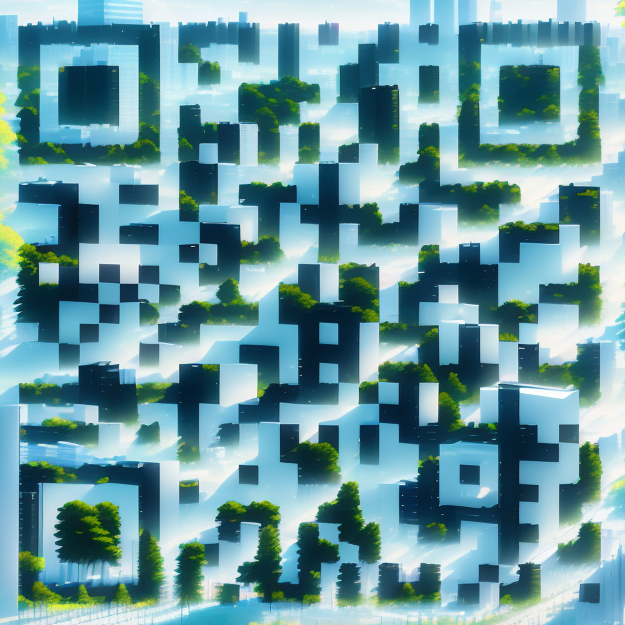Origin, development and evolution: the space construction and cultural motivations of Shi Gandang temple in Macau
Abstract: This study examines the relationship between folk religious place-making and urban public spaces, focusing on Macau’s Shi Gandang Temple. The research utilizes on-site visits, historical evidence, and interviews to analyze place-making processes, social functions, management mechanisms, and folk culture. The findings emphasize the significant influence of folk beliefs on Macau’s urban spaces and social management system. They contribute to the development of local communities and geopolitical relations. The study highlights the participation of folk religious places as key nodes and emotional hubs, facilitating conflict resolution among diverse communities. It also promotes positive interactions, cooperation, and integration of regional development with management mechanisms, governance models, and cultural orientations.
The culture of folk beliefs deeply permeates urban spaces and the social fabric of Macau. Macau, a former Portuguese colony and now a Special Administrative Region of China, boasts a unique blend of Eastern and Western influences. It is renowned for its rich history, vibrant culture, and diverse heritage. Amidst the bustling cityscape, traditional temples stand as witnesses to the spiritual practices and beliefs of the local community. [SCITIP Macau temple]
DOI: https://doi.org/10.1108/OHI-09-2022-0234
CITE: Huang, L., Chen, Y. and Chen, Y. (2023), “Origin, development and evolution: the space construction and cultural motivations of Shi Gandang temple in Macau”, Open House International, Vol. ahead-of-print No. ahead-of-print. https://doi.org/10.1108/OHI-09-2022-0234
作者的话
1. 心得分享
今日分享之论文,是本月见刊上线的第一篇 AHCI、SSCI 期刊论文,比较波折嘛,去年投的,改了两轮,2 月录用,然后折腾到现在终于上线见刊了。上期预告也有提及,《Origin, Development, and Evolution: The SpaceConstruction and Cultural Motivations of Shi Gandang Temple in Macau》(缘起、发展与衍变:澳门石敢当行台场所营造及文化动因)于 4 月份在线发表在 Emerald Publishing 之期刊《Open House International》。
不知为何,现在是 4 月 4 号,但是文章目前显示出版的是 Article publication date: 5 April 2023
![[JCR] Cultural motivations of Shi Gandang temple in Macau [JCR] Cultural motivations of Shi Gandang temple in Macau](https://scitip.com/wp-content/uploads/2023/07/image-43-1024x537.png)
本人并非第一作者,为本文的通讯作者,在本次论文中主要是从澳门的本地数据库资料收集石敢当的信息、全文翻译(含改写)、写 coverletter、返修了两轮、投稿、校稿两轮等。第一作者是俺学弟,欢迎大家多多阅读呀!
这个月因为要提交毕业设计,然后毕业展布展,还有毕业设计的答辩,所以更新会少一点,信息不回也正常,打开软件就不想开其他东西了。要先通过了毕业设计,才到学位论文的提交,毕业设计展览一年就一次,也是非常重要的一个环节,我们专业是一人一组,一人 8 个 A0 展板 + 沙盘模型。但我肯定日后不会成为一个全站式设计师,甚至这辈子都不想再画图。下期大概会更新一下今年毕业展的围观流水账。
线上阅读地址:https://www.emerald.com/insight/content/doi/10.1108/OHI-09-2022-0234/full/html
2. 简单讲讲
石敢当就是个石头崇拜,但是放眼世界,为这个石头建庙供奉祭拜的,只有澳门有。第一轮投稿的时候,就是有点顺着自己惯性思维写澳门如何如何了,但是主编跟审稿人好像是东地中海大学那边的,他们一开始觉得这个东西很奇怪,跟空间跟社区有什么关系。后面又补充了资料,说明他的发展对社区的人群影响逐步扩大,并如何如何。总而言之就是介绍了这个庙,跟他的文化。
文章内标题框架:
1. Introduction
1.1 Research background
1.2 Literature review
1.3 Problem statement and objectives
2. Origin: the introduction and formation of the Shi Gandang beliefs in Macau
2.1 Area and trends of its spread
2.2 The formation and spread of the faith in Macau’s Shi Gandang
3. Development: from stele worship to the divine place
3.1 Background to the construction of the Shi Gandang temple
3.2 The characteristics of the divine place in the Shi Gandang temple
4. Evolution: Shi Gandang temple as an important medium for social development in Macau
4.1 The social function – from the townhouse to ward off evil spirits to pluralistic education
4.2 The management mechanism — from the director system to family inheritance
4.3 Folk culture — from simple sacrifices to divine birthday celebrations
5. Conclusions
3. 文章插图
![[JCR] Cultural motivations of Shi Gandang temple in Macau [JCR] Cultural motivations of Shi Gandang temple in Macau](https://scitip.com/wp-content/uploads/2023/07/image-44-1024x413.png)
![[JCR] Cultural motivations of Shi Gandang temple in Macau [JCR] Cultural motivations of Shi Gandang temple in Macau](https://scitip.com/wp-content/uploads/2023/07/image-45-1024x653.png)
![[JCR] Cultural motivations of Shi Gandang temple in Macau [JCR] Cultural motivations of Shi Gandang temple in Macau](https://scitip.com/wp-content/uploads/2023/07/image-46-1024x447.png)
![[JCR] Cultural motivations of Shi Gandang temple in Macau [JCR] Cultural motivations of Shi Gandang temple in Macau](https://scitip.com/wp-content/uploads/2023/07/image-47-777x1024.png)
![[JCR] Cultural motivations of Shi Gandang temple in Macau [JCR] Cultural motivations of Shi Gandang temple in Macau](https://scitip.com/wp-content/uploads/2023/07/image-48-1024x685.png)
![[JCR] Cultural motivations of Shi Gandang temple in Macau [JCR] Cultural motivations of Shi Gandang temple in Macau](https://scitip.com/wp-content/uploads/2023/07/image-49-1024x345.png)
![[JCR] Cultural motivations of Shi Gandang temple in Macau [JCR] Cultural motivations of Shi Gandang temple in Macau](https://scitip.com/wp-content/uploads/2023/07/image-50.png)
4. 投稿花絮
2 月中旬的好消息:
![[JCR] Cultural motivations of Shi Gandang temple in Macau [JCR] Cultural motivations of Shi Gandang temple in Macau](https://scitip.com/wp-content/uploads/2023/07/image-51-1024x152.png)
![[JCR] Cultural motivations of Shi Gandang temple in Macau [JCR] Cultural motivations of Shi Gandang temple in Macau](https://scitip.com/wp-content/uploads/2023/07/image-52-1024x481.png)
![[JCR] Cultural motivations of Shi Gandang temple in Macau [JCR] Cultural motivations of Shi Gandang temple in Macau](https://scitip.com/wp-content/uploads/2023/07/image-53-1024x729.png)
![[JCR] Cultural motivations of Shi Gandang temple in Macau [JCR] Cultural motivations of Shi Gandang temple in Macau](https://scitip.com/wp-content/uploads/2023/07/image-54-1024x547.png)
![[JCR] Cultural motivations of Shi Gandang temple in Macau [JCR] Cultural motivations of Shi Gandang temple in Macau](https://scitip.com/wp-content/uploads/2023/07/image-55.png)


